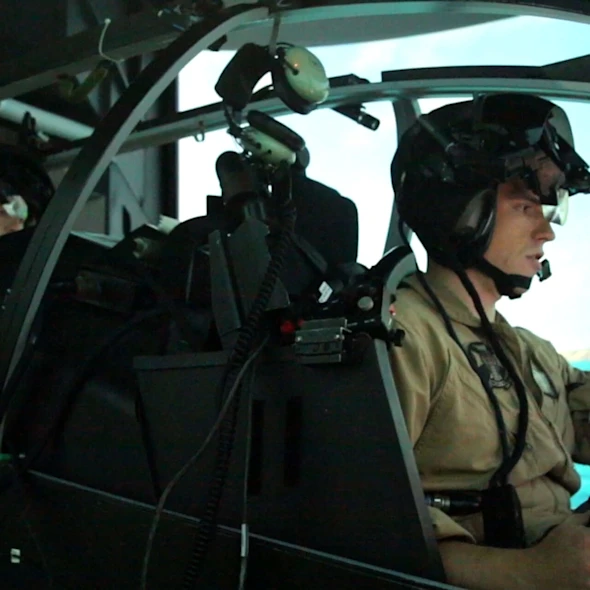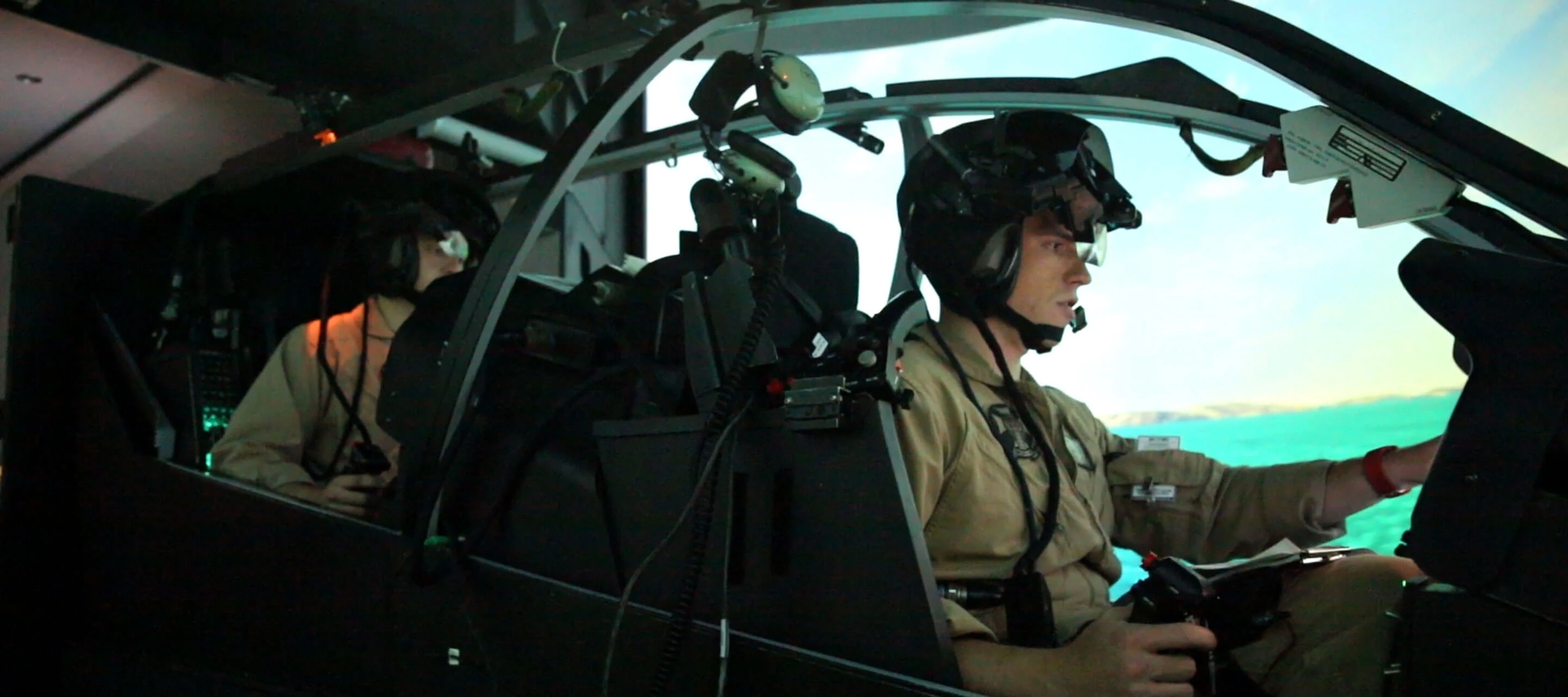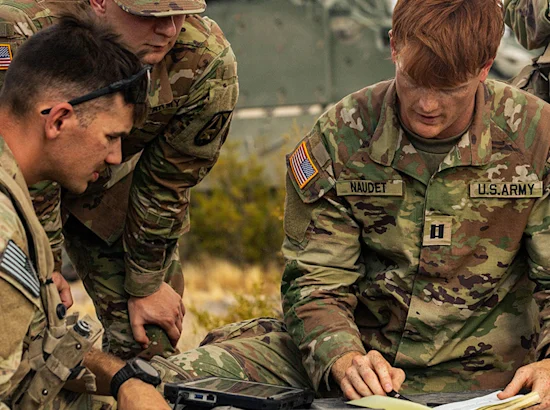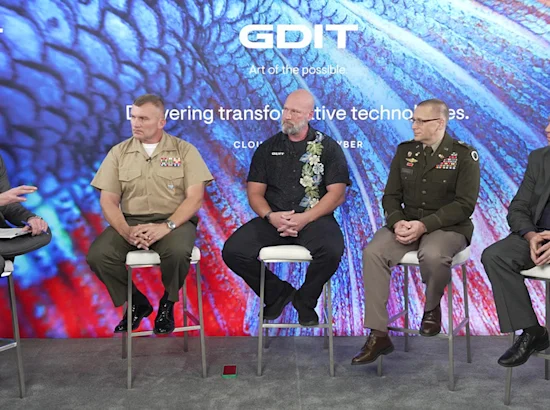In May of 1991, weeks after the end of active hostilities in the Persian Gulf War, Coalition Forces Commander, U.S. Army General Norman Schwarzkopf, told a group of Naval Academy graduates, “The more you sweat in peace, the less you bleed in war." What he meant was that training, done well and with intensity, was the best preparation for success in battle.
Within the Defense community, Distributed Mission Operations is a specific type of training that brings different branches of the military together to rehearse critical and complex exercises. Participants are a blend of live, distant and virtual. This realistic approach models in-theater scenarios and allows participants to train at both the tactical and operational levels. It has proven to be very effective, and it’s central to advancing the Department of Defense’s enduring mission of providing combat-ready forces to deter war and protect the security of our nation. As such, DMO activities require coordination, communication and a reliable support infrastructure to make them possible.
For the last five years, GDIT has supported the Distributed Mission Operations Center (DMOC), housed at the 705th Combat Training Squadron at the Kirtland Air Force Base in Albuquerque, New Mexico. We are the Air Force’s chosen industry partner, supporting their mission to maintain, operate, develop, and integrate technologies that enable DMO trainings.
Under the DMOC Infrastructure, Development, & Engineering (IDE) contract, GDIT manages the DMOC Battlespace and Development Space, which includes networks, software applications, and integrated hardware. We deliver infrastructure, development, and engineering support, network operations, infrastructure, and software development. This work involves more than 73 systems, 700 computers, 16 networks, and approximately 50 servers joined together to produce a high-fidelity joint and coalition warfighter training environment.
We also handle all necessary management functions, personnel, materials, components, supplies, maintenance, and documentation required to accomplish the full complement of IDE tasks. These tasks are conducted at the Unclassified, Secret, Top Secret/Sensitive Compartmented Information (TS/SCI), and Special Access Program/Special Access Required levels.
As a partner to the USAF, the team recently identified a path to assist in developing and maintaining simulation software and hardware solutions, building and maintaining network infrastructure, and conducting DMO activities with the best return on investment. GDIT’s approach to the work was to, first, create the DMOC environment, expand the capability to current systems, standardize the security capability, then unify siloed data sources and support near continuous operations.
Today, we are supporting the large combat employment exercise called “Coalition Virtual Flag” (CVF). The exercise gives participants the opportunity to interact with Joint and Coalition forces and with joint elements of the Theater Air Control System. DMOC enables Virtual Flag participants to link to geographically separated joint units, allowing each to interact with one another via simulators.
“CVF benefits the warfighter by giving them the unique ability to work face-to-face with joint and coalition partners that they don’t’ normally get in a live environment. This venue gives them the ability to have face-to-face contact from planning all the way to execution… which makes them a better warfighter.”
Over the last two years especially, DMO training has proven to be extremely valuable as the pandemic limits travel and interactions. The DMOC has played a critical role in supporting this type of learning and ensuring that there were minimal limitations on simulation-style training amid the crisis.
GDIT is exceptionally proud to be an industry partner with the Air Force, particularly on DMOC and on delivering a live virtual constructive combat training environment. We look forward to continuing to provide that same support for many more years to come.






